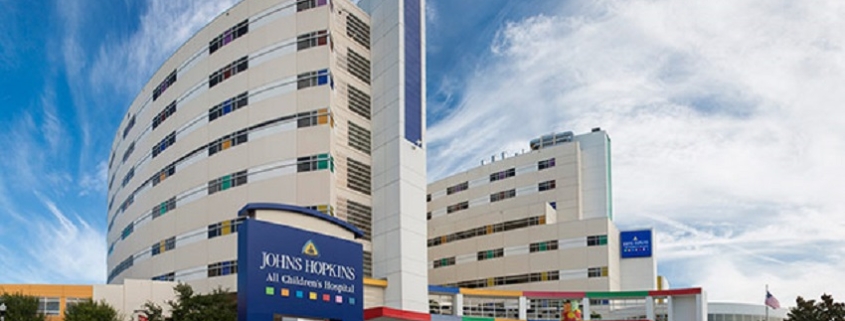Coming To A Consensus About Healthcare Deals
Social and cultural shifts are making big impacts on the way healthcare facilities are built, managed and used. So said panelists at the recent GlobeSt. Healthcare conference in Scottsdale, AZ.
A rise in med-tail services, and the robust growth of life sciences have provided new avenues for CRE executives to invest and build medical properties and panelists said that business discipline has never been as important as it is today.
When Angie Weber, first vice president at CBRE, asked Ross Caulum, regional real estate director at Trinity Health, about what are some of the ways that owners, brokers and developers can do to make their life easier at Trinity Health, he simply said to “have patience,” noting that it takes a while to make a decision, then joked about rethinking that decision once everyone comes to a consensus.
“The way that the best transactions happen is when there is a compelling business case for advancing healthcare delivery, and that takes time,” Caulum said. “Today’s medical office building isn’t like yesterday’s MOB. The MOB of then was five days a week, 8-5. Not, it is seven days a week and is about providing the platform of delivering healthcare where and when it needs to be. But the challenge of that is finding the staff and the physicians, noting that there is a major shortage. The labor shortage, he noted, has affected the thought process in real estate decisions. We constantly have to ask ‘will the staff be there? You have to get to a stabilized staffing cost and I am not sure how it will get done.”
“Back in the day, staffing wasn’t part of the thought process,” Weber explained “Now, decisions are being made with staffing in the forefront of the mind.”
“There has become more business discipline because of the capital constraint and the pressure on profitability too,” said Caulum. “You have to really walk through what the business case is, view it with open eyes, and not just think you can get the staff onboard because when you look at the past few years and track record, it hasn’t happened that way.”
Source: GlobeSt.




